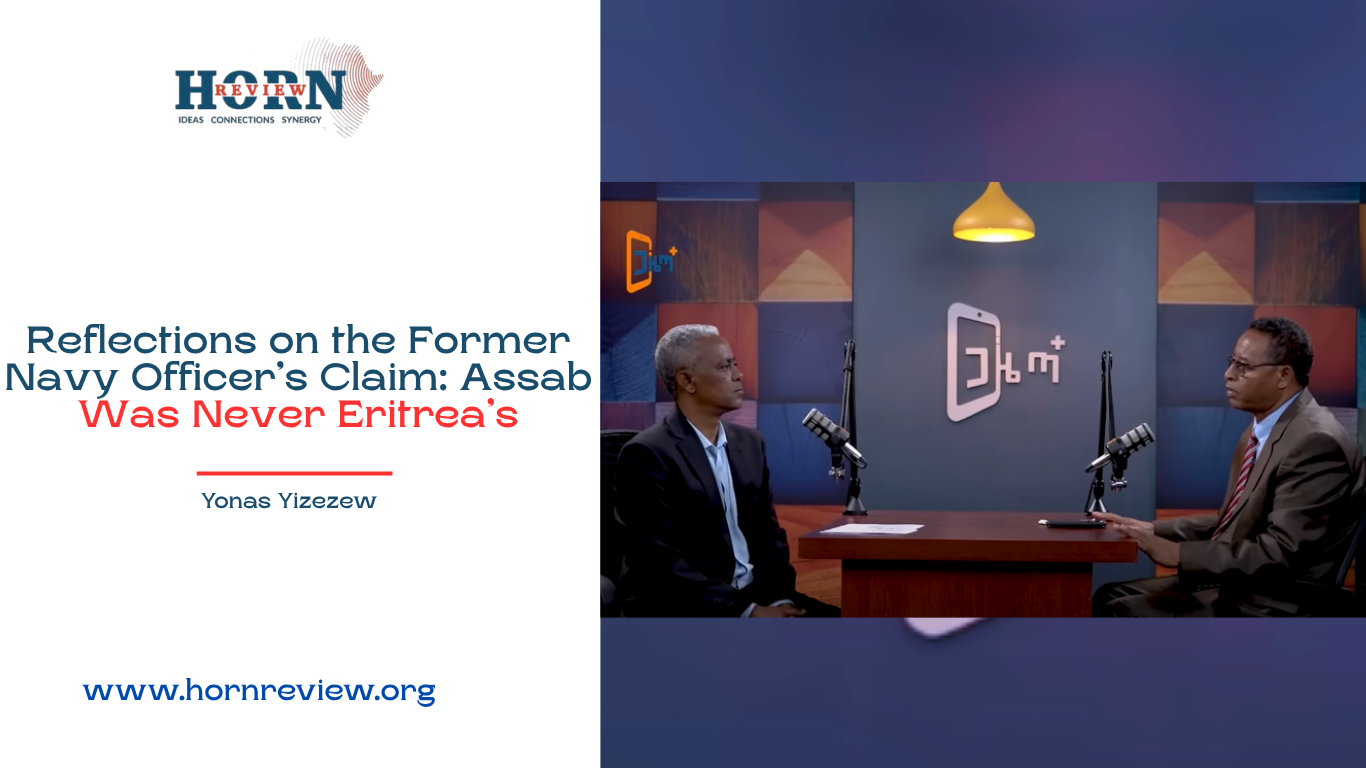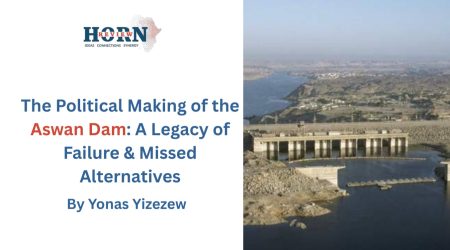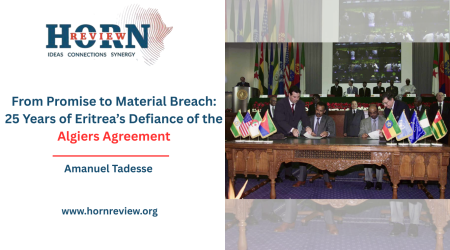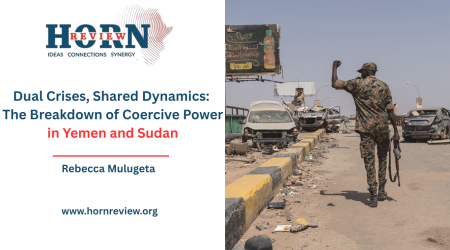
18
Oct
Reflections on the Former Navy Officer’s Claim: Assab Was Never Eritrea’s
The recent interview granted by a former high-ranking member of the Ethiopian Navy comes at a critical time in national dialogue, where the question of maritime access and sovereignty has rightly become a center of intense public and governmental attention. The issue is not merely one of economic policy but represents an existential question of national security and historical redress. The officer’s testimony provides a historical, professional and emotionally charged reflection, advancing arguments for reclaiming the Port of Assab and re-establishing a naval force.
The core of the interview was built upon the firm declaration that the Port of Assab has never been the legal or historical property of Eritrea. The former naval officer presented a rigorous case to substantiate this claim, commencing with the historical political concession that led to the present situation. He explained that the fate of the ports was determined by an internal agreement where Massawa was effectively granted to Eritrea, while Assab was envisioned as an access point for the Tigrayan faction, TPLF. At that time their plan was to secede Tigray and seize Assab for themselves, while the EPLF would take Massawa and pursue secession, a course that, in his words, rendered Ethiopia “double landlocked.” This portrayal reframes the loss of the port not as an external defeat, but as a consequence of internal political dealings.
He described the collapse of Ethiopia’s naval posture as a political choice rather than a purely strategic accident. EPLF control on the ground and TPLF political calculations left the navy with no option but to withdraw.
The argument for Ethiopian ownership was further solidified by detailing the extensive Ethiopian investment and development in the area. The officer demonstrated that Ethiopia was the sole entity that built and developed Assab’s infrastructure, including its refineries, emphasizing that at the time, the local Eritrean demographic was negligible in Assab. This extensive capital investment signifies a clear historical exercise of sovereignty.
Crucially, the ethnic and territorial continuity of the Afar people was introduced as a counter-argument to the Eritrean claim. The officer stated that the territory surrounding Assab was historically an Afar land. He affirmed that the Afar people, despite tribal distinctions, share a common heritage and possess a strong “belongingness in Ethiopia,” citing the enduring leadership of figures like Ali Mira Hanferi. This provided a compelling geographical and human argument that the region’s historical allegiance lay outside the current Eritrean boundary.
The officer anchored his claim in the 1952 United Nations resolution that established the federation between Ethiopia and Eritrea, citing it as the legal foundation for Ethiopia’s maritime rights. He referenced the article affirming Ethiopia’s “rights and claims based on geographical, historical, ethnic or economic reasons, including in particular Ethiopia’s legitimate need for adequate access to the sea,” and the clause stating that “the jurisdiction of the Federal Government shall extend to defence, foreign affairs….and external and interstate communications, including ports.” By invoking these provisions, he argued that Assab was legally recognized as falling under Ethiopia’s federal jurisdiction and that maritime access was an internationally affirmed right. In his view, Eritrea’s later claim over Assab contradicted both the spirit and the letter of the UN resolution, turning what was meant to be a shared federal arrangement into an unlawful territorial appropriation. This implies that, should Eritrea choose to secede, to cede Assab to Ethiopia.
The officer further contended that during the final secession of Eritrea, Assab was not fully secured or part of the territory claimed by the emerging Eritrean state. Instead, Eritrea allegedly “expanded and claimed the area beyond its territorial limits,” an action deemed historically unjustifiable. The explicit involvement of the EPLF in leveraging the TPLF’s control to secure the port solidified the argument that Assab’s transfer was a political maneuver, not a legal or historical right.
The discussion transitioned to the inescapable reality of the Red Sea’s current security environment. The historical strength of the Ethiopian Navy, once lauded for its efficiency and capability to patrol sea security was contrasted with the present. The officer firmly declared that a Navy is a necessity because the way of war has changed and the Red Sea is an inherently dangerous red zone characterized by Ethiopia’s historical rivalries and the need to protect its ships. He warned that Ethiopia’s vulnerability in such a situation would be “grave” without its own naval protection.
The interview concluded with recommendations on the course of action for the Ethiopian government. The officer urged a departure from the Derg’s precedent of retreat, calling for the government to follow bold diplomacy and pursue maritime access through a combination of self-decisions and leveraging global attempts. He noted that the international community is generally favorable to Ethiopia regaining sovereign sea access, a factor that should be exploited diplomatically.
He proposed offering Eritrea tangible economic benefits in exchange for joint management or Ethiopian sovereign access. He named electricity, fertile land, airline services, and telecom links as baits to make a deal mutually attractive. However, the officer identified the TPLF as a “hurdle” due to their lobbying efforts aimed at preventing this cooperation.
The officer also suggested exploring alternatives like Zeila or other ports through Somalia, noting their significant benefits for Ethiopia’s planned gas and crude oil export schemes. He also highlighted Ras Dumera, currently a conflict zone between Eritrea and Djibouti, as a potential site due to its suitability for a naval base and its strategic position for Ethiopia. He added that some of these sites offer natural advantages for a naval base and for control of the Bab el-Mandeb approaches. He presented these options as contingency plans if diplomacy over Assab failed.
Ultimately, he placed the full responsibility for the dissolution of the Navy and the loss of access squarely on the transitional government and the TPLF, who explicitly expressed a desire to “dismantle the navy” and forbade its return. The government was therefore urged to bravely hold the TPLF accountable for this national catastrophe rather than engaging in appeasement. The call was for a comprehensive, strategic approach to reclaim sovereignty and ensure national security through a strong maritime presence.
By Yonas Yizezew, Researcher, Horn Review










